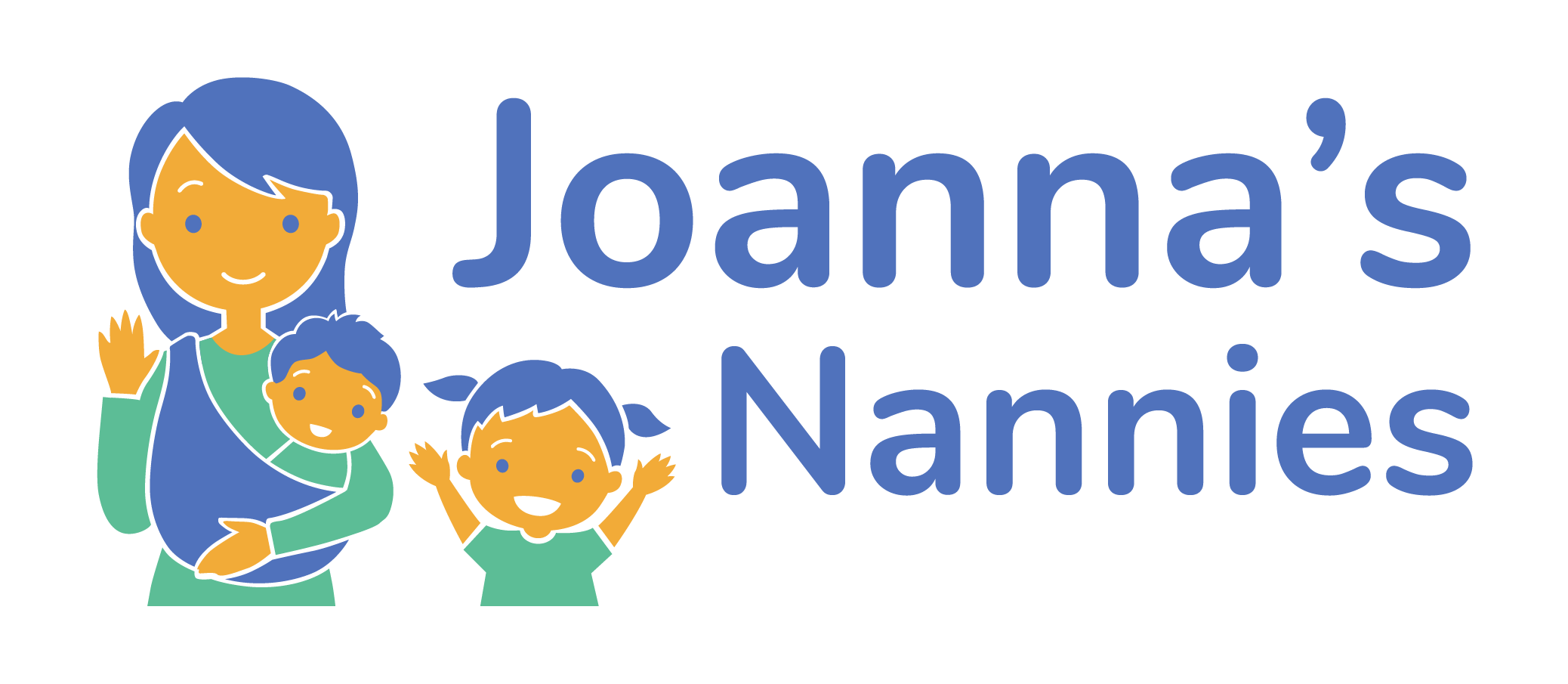Re-Directive Phrases
We have all heard of the importance of redirecting kids but for some, it may not be so easy to just change your entire disciplinary system. If you find yourself struggling with behavioral children, or needing a refresher on how to hone in on those behaviors and eliminate them then this article is for you!
Here are some important things to remember:
Always keep calm and remain poised. If they see you wavering or a flicker of frustration they will know they have an in and will continue with the poor behavior. If you stand strong they will see your willpower and give up knowing it's a lost cause.
Speak clearly and avoid tones that indicate annoyance. Furthermore,
remember that body language means a lot. When working in the special needs classroom a few years ago, we had a deaf child. More than anything she focused on body language versus trying to read your lips. I remember one afternoon she had been trying to test boundaries and her translator called me over to say that they wanted to apologize. When she looked at me she laughed and halfheartedly mumbled, "sorry." The translator looked up at me and said "What are you doing? Stand up straight! Uncross your arms!" I immediately felt caught off guard like I was in boot-camp. She said that the girl would not take me seriously if my posture was demure and I looked like I was hiding and uncomfortable. I complied and shifted. She told the girl to try again. The girl looked at me once more and apologized this time with sincerity. It's important to remember to organize our bodies and make sure they mirror our words and intentions.
Oldie but goodie:
Get down on their level. You are the authority but don't want to seem like the be all end all dictator. This is a collaborative experience on defining the root of the issue so make sure to work together.
Be solution driven and focus on several possibilities. Do not just let
them get what they want but instead challenge them to work for it.
For example, if a child is throwing a fit over a toy or snack say, "I can see your frustrated, is it because of ______? Ok, I will be willing to allow you this snack/toy later if you can show me _____. (Insert: smiley face, clean play area, books on the shelf, washed hands..or whatever your desired task is.)
Listen. But don't just hear them, listen to the underlying meaning or even watch for it in their body language. Just like kids, we as adults sometimes have difficulty in expressing our emotions. As we grow we realize that we aren't just happy, sad, mad, or excited. There are a plethora of emotions that we may have tapped into but cannot yet define.
Something that I learned when helping teach social skills to a group of middle school kids is that occasionally we need to get back to basics. We had a chart with 4 quadrants. Each a different color. Green (Happy), Blue (Sad), Yellow (Excited/Anxious), and Red (Angry). Now younger kids can easily identify with these colors as emotions and usually, it is just a matter of distracting or redirecting them with fun new ideas or positive turns of phrase.
With older kids, it becomes a bit more challenging. So, on the 4 color quadrants page, we had faces that gave different expressions along with a descriptive word on what that emotion was. In the beginning, the older kids I taught thought it was "dumb" and "babyish" but as we continued out the year they would start pointing to the chart to let us know what was going through their minds.
It may be useful to keep one of these charts with you in your purse or backpack so that it is accessible when you are visiting clients. I've also seen these printed on small cards and punched onto a keyring which may be more durable. Using emojis is a good source too!
It is important to leave emotion out of your language. Keep it short, firm, and end with a positive phrase or challenge that will get their wheels turning. This will set the tone and allow that distraction to inhibit their thoughts.
Now that you have the insight and tools readily available, here are some phrases you can use to help with re-direction:
“I can see you are having trouble, let’s reconnect when you have a calm body"
--Saying things like calm down are hard to exhibit. It's a difficult thing to pinpoint. Saying make your body calm takes the pressure off as it is not a direct command. They can take a few deep breaths and un-clench their fists and voila we are ready to talk!
"What do we do when we want (desired object)?" Again this challenges them to think. They aren't being asked to stop directly, instead, they are now thinking about what you said and how they will answer your question versus continuing on with the tantrum. Following up with "I will be happy to get you your snack once I see our hands washed." --Acting as a team will bind you so try to use words like "we, our, and us."
“I get angry too sometimes, and that’s okay, but let’s make sure we are all being safe.”--This is a useful phrase for when a child gets too physical. Leveling with them and relating to them will help them feel validated while also reminding them about the importance of safety.
“What do you need in order to be ready for _____?”--This is one of my favorites because it can be versatile. Bedtime, park, snack etc. This will also help establish a routine and introduce the boundaries and expectations you desire.

